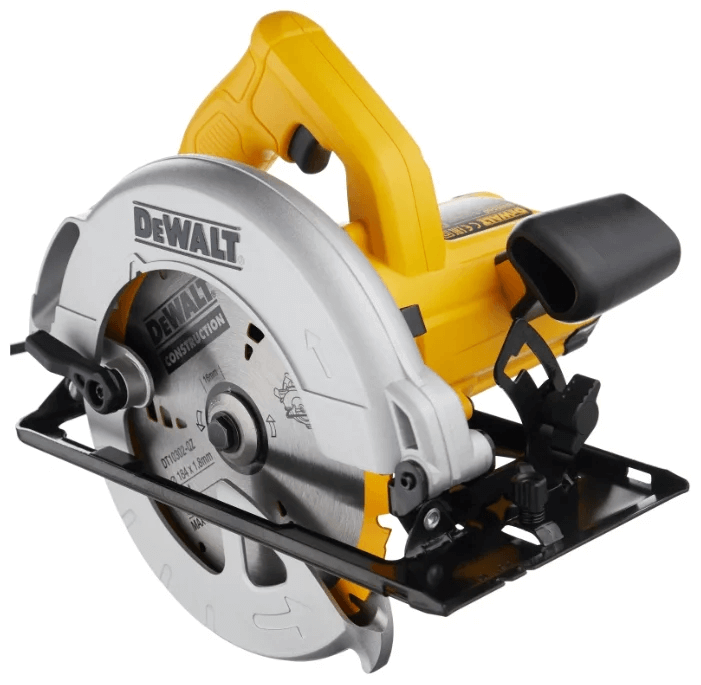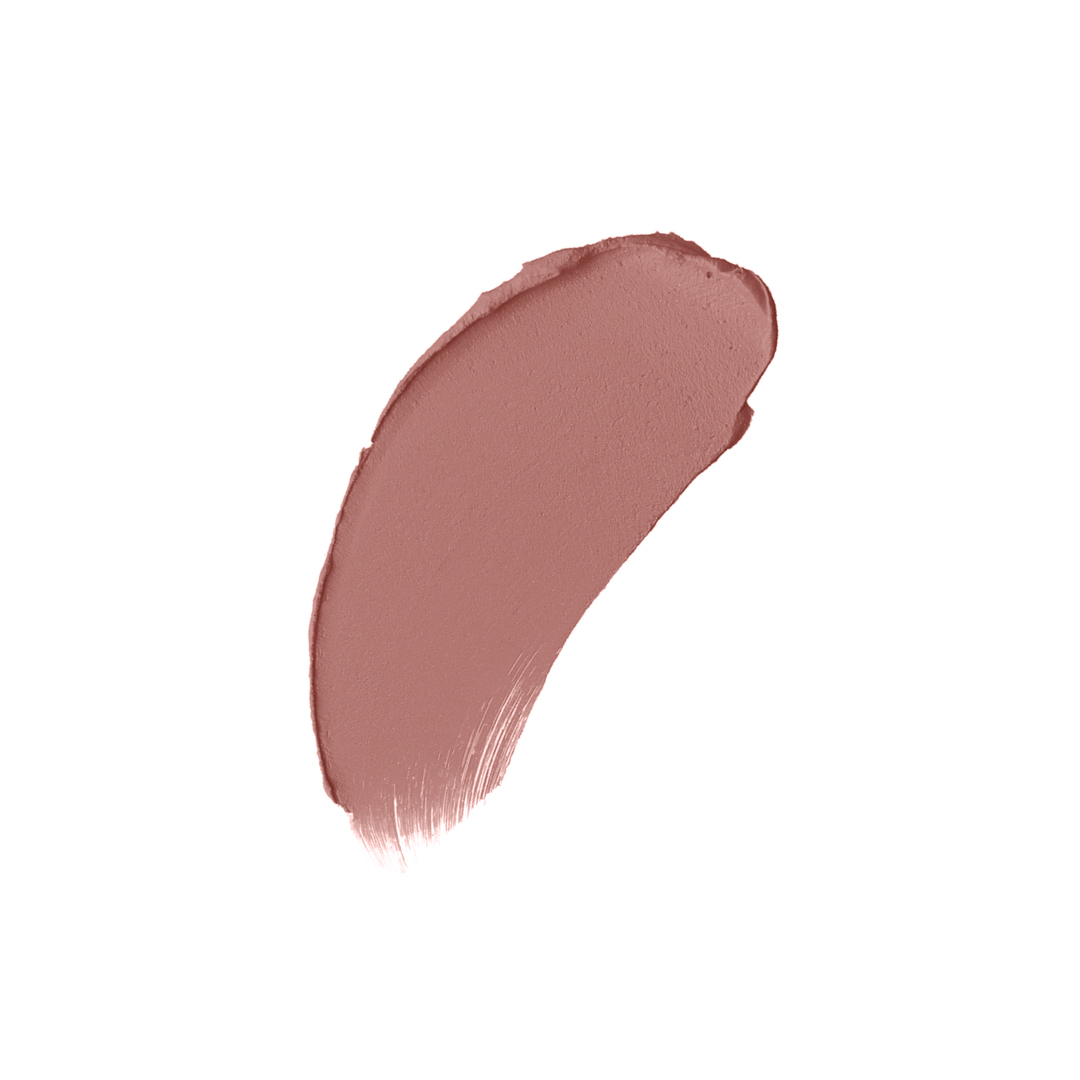Aluminum radiators confident jostle other options on the market. The reason for this popularity is understandable, because they have a lot of advantages. On them will be discussed in this review HouseChief edition. It will also address the nuances that should be taken into account in the selection of such batteries.

Read article
- 1 Varieties of aluminum panels
- 1.1 Aluminum Alloy Battery
- 1.2 extruded heatsinks
- 1.3 anodized battery
- 2 Criteria for selection and basic technical characteristics
- 3 Aluminum radiators: design specifics
- 4 The advantages and disadvantages of aluminum radiators
- 5 How to calculate the number of sections
- 6 How much are the section
- 7 How to install an aluminum radiator with your hands
- 8 How to care for such radiators
Varieties of aluminum panels
We must start with the fact that aluminum radiators not all the same. They are divided into three main types. And, to make the right choice, you should carefully examine the features of each.
Aluminum Alloy Battery
These devices are actually produced by casting using aluminum alloy and silicon, which is poured into the mold under high pressure and allowed to solidify and subsequent processing.
In the alloy of about 12% silicon, this additive enhances the strength of the product.

Vertical channel is narrower than the horizontal, and the fins significantly increase the area of heat impact. Sections may be secured together by means of the pin.
Cast devices half a meter in height give the heat of about 200 watts, and are such constructions are not less than 15 years.
extruded heatsinks
Extrusion fabrication technique involves punching of the same aluminum-silicon alloy through a nozzle to form a mold. After zastynut section, their interconnected compression.
If we talk about quality, extrusion heatsinks are almost indistinguishable from the cast.

anodized battery
Anodized devices are in this series alone. They do not differ in terms of constructive and extrusion molded, but have different alloy and processing technique.

After such preparation the battery section immersed in the electrolyte and only then connected to each other via the outer sleeves.
Inside surface smooth anodized heat sinks, which greatly facilitates the movement coolant in system.
Criteria for selection and basic technical characteristics
How to choose the right radiator? First of all, you need to pay attention to size. Pre measure the distance by windowsill. It is usually installed heaters.

The second important selection criterion - pressure in your system. Aluminum radiators, as opposed to cast iron, can not withstand the abrupt pressure increase, and this often happens in large systems of apartment buildings. When checking the system utilities may increase the pressure of 25-30 atmospheres. This is the ultimate opportunity for aluminum structures.

It turns out that the choice of aluminum structures is quite risky for an apartment building, and for private - it is profitable.
Third selection criterion - the thermal characteristics of the device. In aluminum panels is very high heat irradiation each section, so that when you choose you need to properly calculate the number of sections.
In general, the technical parameters of aluminum radiators are as follows:
- working pressure of 6 to 16 atmospheres;
- the heat transfer capacity of 80-200 watts;
- Capacity one section 250-450 ml;
- Maximum temperature coolant - 110 ° C;
- warranty period - 25 years.
Aluminum radiators: design specifics
Unfortunately, here, unlike cast iron counterparts, imagination is unlikely to play out. Such heaters typically have strict form and clear boundaries, without any decorations or frills.

The advantages and disadvantages of aluminum radiators
Aluminum radiators - a worthy alternative to the massive iron batteries. These devices are not solid objects, they are made up of sections and, if necessary, you can increase the radiator, add a section on your own. This team structure allows for easy repair and replacement of components.

In addition, aluminum heating devices do not need to constantly cleaned and painted, they are not formed rust. These advantages can still add:
- light weight - since aluminum is a very light metal. At the same time, strength of the alloy at a height that allows it to cope well with short-term increasing pressure. A radiator section weighs up to half a kilogram;
- the appearance of such heaters - always neat and tidy, they without ceremony can be installed in a conspicuous place;
- great heat - each section is able to release heat at 205 watts, it gives an opportunity to abandon the cumbersome structures in favor of compact devices;
- resistance to corrosion defeat;
- repairability - interchangeable section radiators, they can seal;
- affordable price - such devices can afford to families with low incomes;
- easy installation. Installation does not require professional skills. Each radiator is equipped with detailed instructions and a set of fasteners and fittings.

But we must remember that such radiators have disadvantages. If they are taken into account, we can avoid many problems:
- instability to aggressive coolants;
- exposure to liquid slugging - for this reason it is not recommended to install them in apartment buildings;
- periodic flatulence - must be installed in the system valve to vent excess air.

How to calculate the number of sections
There are a lot of calculation options. There are even targeted calculators that you will probably be offered in a specialty store. But there is a simple option that will help pre-estimate the required number of sections for the standard size room.

For example, for a room area of 15 m² require 15: 1.8 = 8.3 section. For reliability, round this figure in a big way and get 9 sections.
How much are the section
Price of one section as of May 2019 starts from 350 rubles. Depending on the manufacturer, it may reach 600-800 rubles. The most popular product brands Oasis, Rifar and Global.
How to install an aluminum radiator with your hands
The most difficult point in the installation - the connection sections to the pipeline fluid.

undesirable options aluminum, steel or copper. For mounting the fittings is preferably used with chrome, nickel or cadmium plated.
Details installation process described in this footage:
How to care for such radiators
Caring for aluminum radiators will not give you any trouble. All you need - time to time to wipe the dust, so it does not burn on the surface of the sections.

And the last. High heat such batteries makes them very hot, so you can get burned accidentally touched during intensive heating of them. If you have kids, be sure to close the radiators protective screens.
And you use aluminum radiators in your house? What are your impressions? Share them in the comments!


